.jpg) |
| 'Amy Robsart' |
The blooms of 'Amy Robsart' have completely met my expectations and surpassed them. The single blooms are larger than the species R. rubiginosa (eglanteria), and they are so bright pink that they glow with an internal light and pop out against the bright foliage. I was absolutely smitten with the otherwordly contrast of the yellow stamens over the small white center of the flower, with that bright, almost translucent pink all around. 'Amy Robsart' gets mild to moderate blackspot in my garden depending on the time of year. Her foliage has the same green apple fragrance of the species, but is a bit lighter.
.jpg) |
| 'Amy Robsart' in front of lighter pink 'John Davis' |
I've got 'Amy Robsart' planted next to my species R. rubiginosa so that I could directly compare them, and if I were only to grow one, it would be 'Amy Robsart' rather than the species. She has a fabulous bright flower, and is more garden-worthy, even if the fragrance of the foliage is not quite as strong as the species.
.jpg)

.jpg)
.jpg)
.jpg)
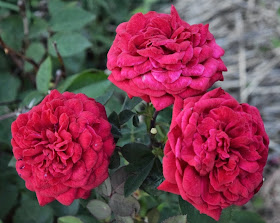
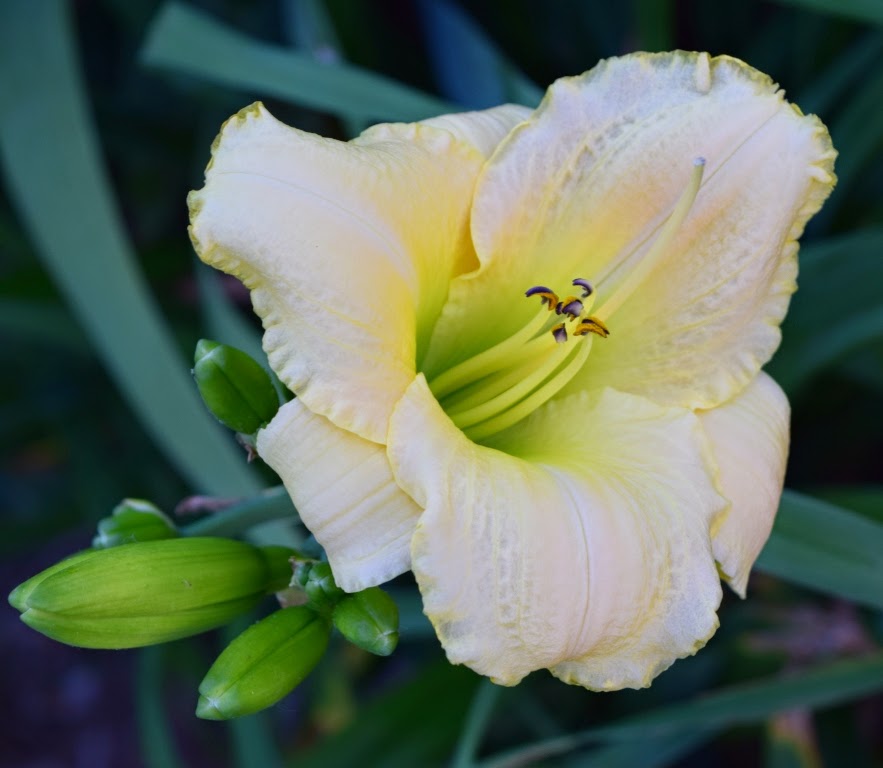
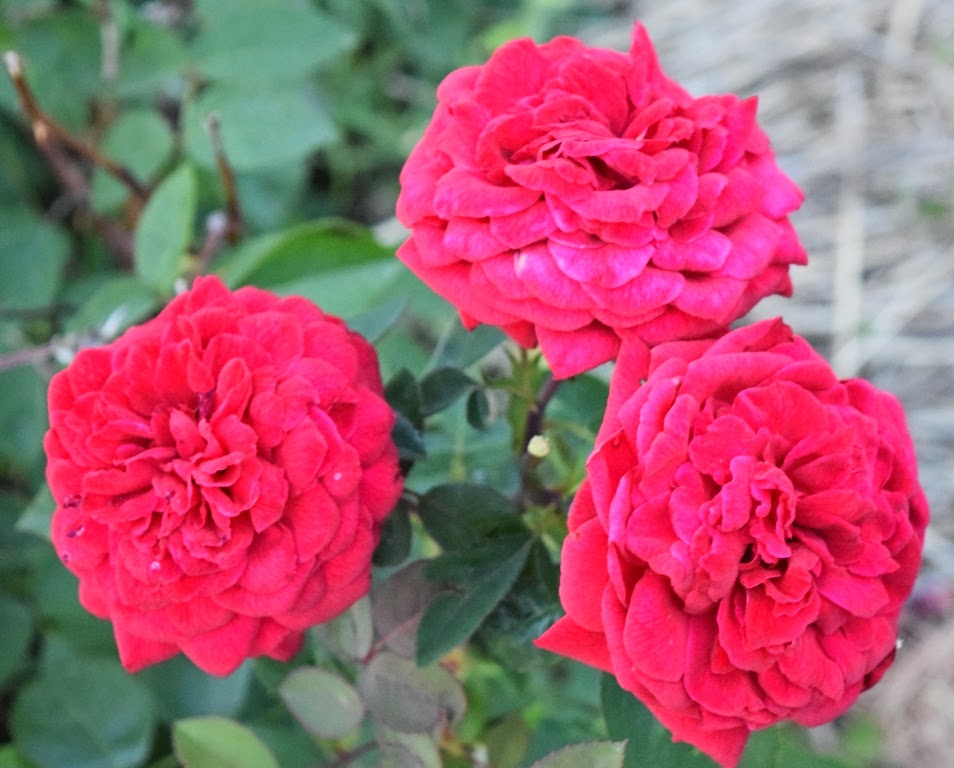
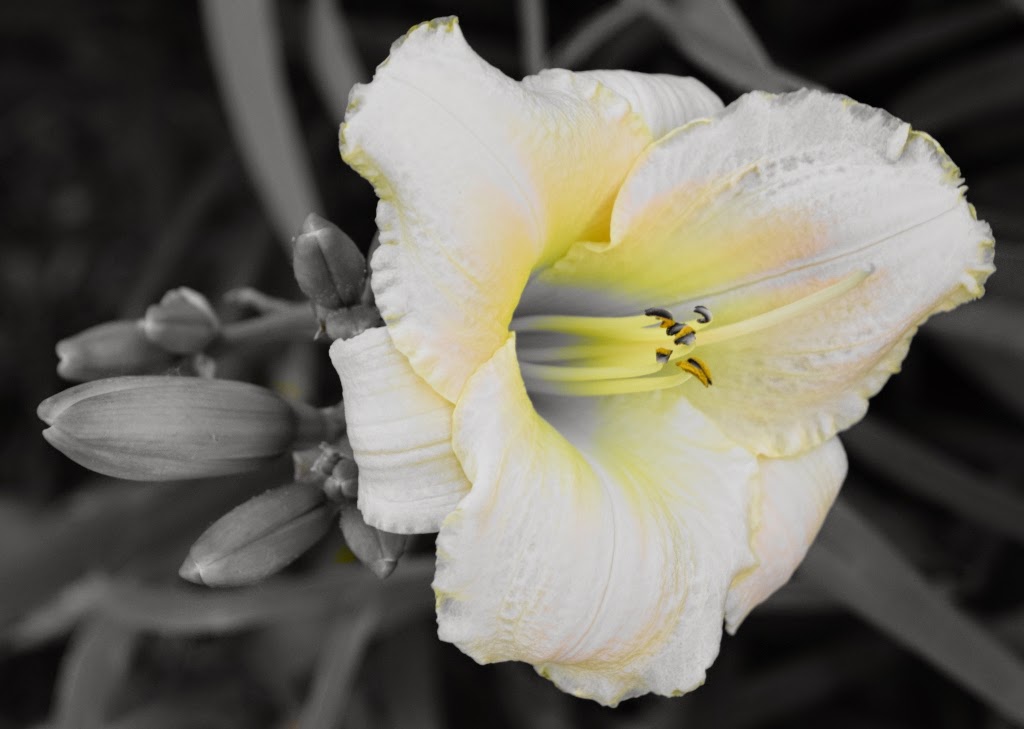
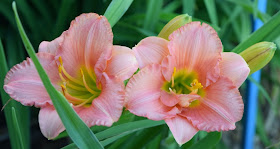

.jpg)
.jpg)
.jpg)
.jpg)
.jpg)
.jpg)
.jpg)
.jpg)
.jpg)
.jpg)
.jpg)

.jpg)




.jpg)



.jpg)
b.jpg)
.JPG)
.JPG)
.jpg)
.jpg)

.jpg)
.jpg)
.jpg)
